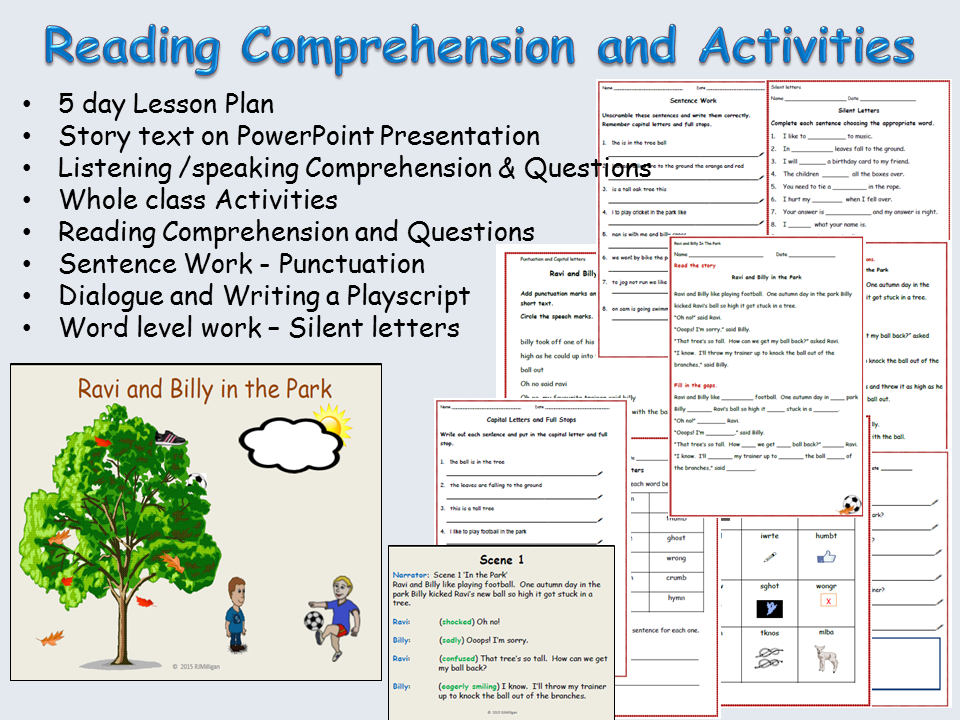RoJM Teaching Resources
I enjoy creating high quality resources to help students achieve their full learning potential. Many of my products contain flexible lesson plans, differentiated worksheets and practical activities and PowerPoint Presentations on a wide range of subjects.




















